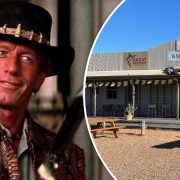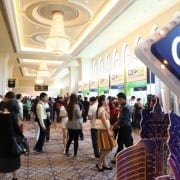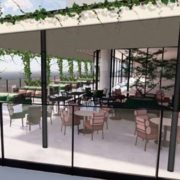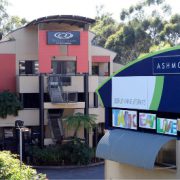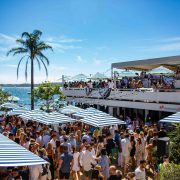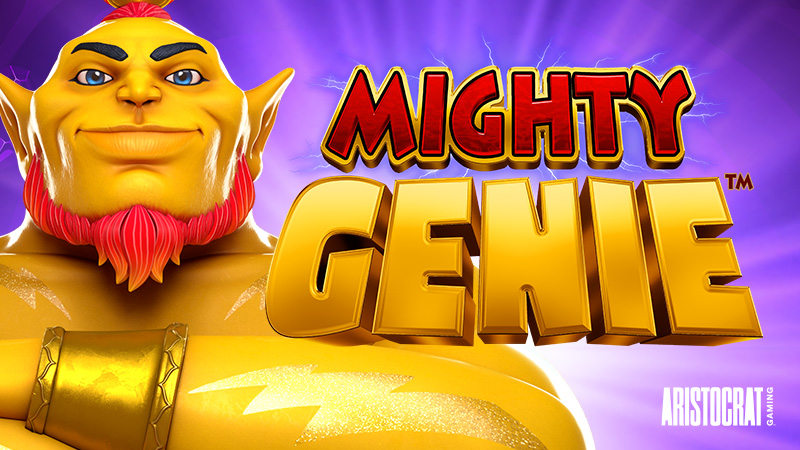SURGE PRICING – THE “UNHAPPY HOUR”
They call it the “unhappy hour”: the time of day when the owner of Britain’s Slug and Lettuce chain of pubs puts up the price of beer. Not by much – an average of 38 cents on top of a typical $8 pint. But the recent innovation has been enough to cause ripples, not just among customers but around the world.
Slug’s owner, the Stonegate Group, labels the move – which affects 800 of its 4000-odd pubs, which include the Craft Union chain – a form of “dynamic pricing”, a triggered response to especially busy periods. And while it’s not new to quickly adjust prices according to demand, it is clearly quite a shock in watering holes, where punters have traditionally expected the price of a particular tipple to remain static throughout the evening. The feedback, on social media at least, has been excoriating.
Yet why not introduce dynamic pricing into pubs? In Australia, it is already commonplace across other industries, chiefly travel and accommodation, but also at Uber and Amazon. Meanwhile, some electricity retailers are exploring how the wholesale market, which sets the price of power every five minutes, could translate to real-time variable charging for households.
So, is it good for consumers or is it another way to take us for a ride? Is dynamic pricing fair? And will we see surge charging for beer in Australia any time soon?
Why is dynamic pricing sometimes controversial?
While we have grown to accept, even embrace, dynamic pricing in some contexts – especially if we feel we’re snagging a bargain – we don’t want to feel held to ransom. So, shopping online for a new television: fine. We know the price of petrol floats up and down: less fine, but we accept that it happens. Discovering that your local pub is suddenly charging more while you’re standing at the bar: not fine, since you’ve already committed to being there.
Certainty plays a role too, says Dr Meg Elkins, a behavioural economist at RMIT. “Humans, to some extent, like uncertainty in their lives because it creates a level of anticipation, but I don’t think that is the same for prices. Prices tend to give us a lot of fear and anxiety, particularly when they’re going up.” She also notes that many of us engage in “mental accounting”, allocating a certain proportion of our funds to certain purchases. We might be comfortable, she says, paying $8 for a pint of beer but if it’s suddenly $8.40, even that slight increase could trigger us to feel we’re spending too much, breaching our mental threshold.
At a pub in Melbourne’s inner north on a Tuesday afternoon, patron David Fairless says if a surge in price caught him by surprise he would want to understand why. But he also doesn’t want to think too much about the price of a schooner. “I’m here to have a good time, I’ve allocated this time to come and do this.”
However, the move to dynamic pricing amounts to a betrayal of the pub chain’s regulars. “You’re going there not just to spend your money, you’re going there to be with your buddies, and to suddenly have to pay more is very different.” What the market will endure in the moment is one thing, “but when you have a long-term relationship with your customer, you have to be much more careful about these things”.
Could surge pricing for beer ever take off in Australia?
In the early 2000s, at the top end of Melbourne’s Collins Street, a bar offered drinks at fluctuating prices according to popularity. The concept was a gimmick – punters were made to feel like “traders” influencing drink prices on a makeshift stock exchange. The bar is now closed and local pub owners and industry watchers in Australia aren’t convinced there is any broader application, at least for now.
“I’m probably missing something; but I can’t see the fairness,” says Paul O’Bree, publican of the Standard Hotel in Melbourne’s Fitzroy. “At the end of the day, a pub is just a small business, built on consistency and respect, and historical relationships between pub-goers and pubs – that’s the important part. It’s not where the publican turns it into a quasi sharemarket.”
None of the major Australian venue owners we contacted, including the Endeavour Group and Sydney-based Merivale, have used surge pricing or have any plans to do so.
It’s generally not illegal for businesses to set, raise and lower prices in Australia, according to the ACCC, including based on supply and demand. In the case of beer, brewing companies set a price for beer sold to pubs or bottle shops, but there’s generally no fluctuation in price if, for example, there’s plenty of demand during a busy hot summer. Twice a year, the price does go up because of a beer tax linked to inflation. (Australia has the world’s third-highest beer tax after Norway and Finland, says the Brewers Association of Australia, and the tax has increased more than 10 per cent in the past year.) Pubs then set their own prices, based on what they buy the beer for, what their expenses are and what people are willing to pay. “You can’t be too high or too low,” O’Bree says.
This is an abridged version of a story published in the SMH. Read the full story here >>> What is dynamic pricing and why do we have it? (smh.com.au)

